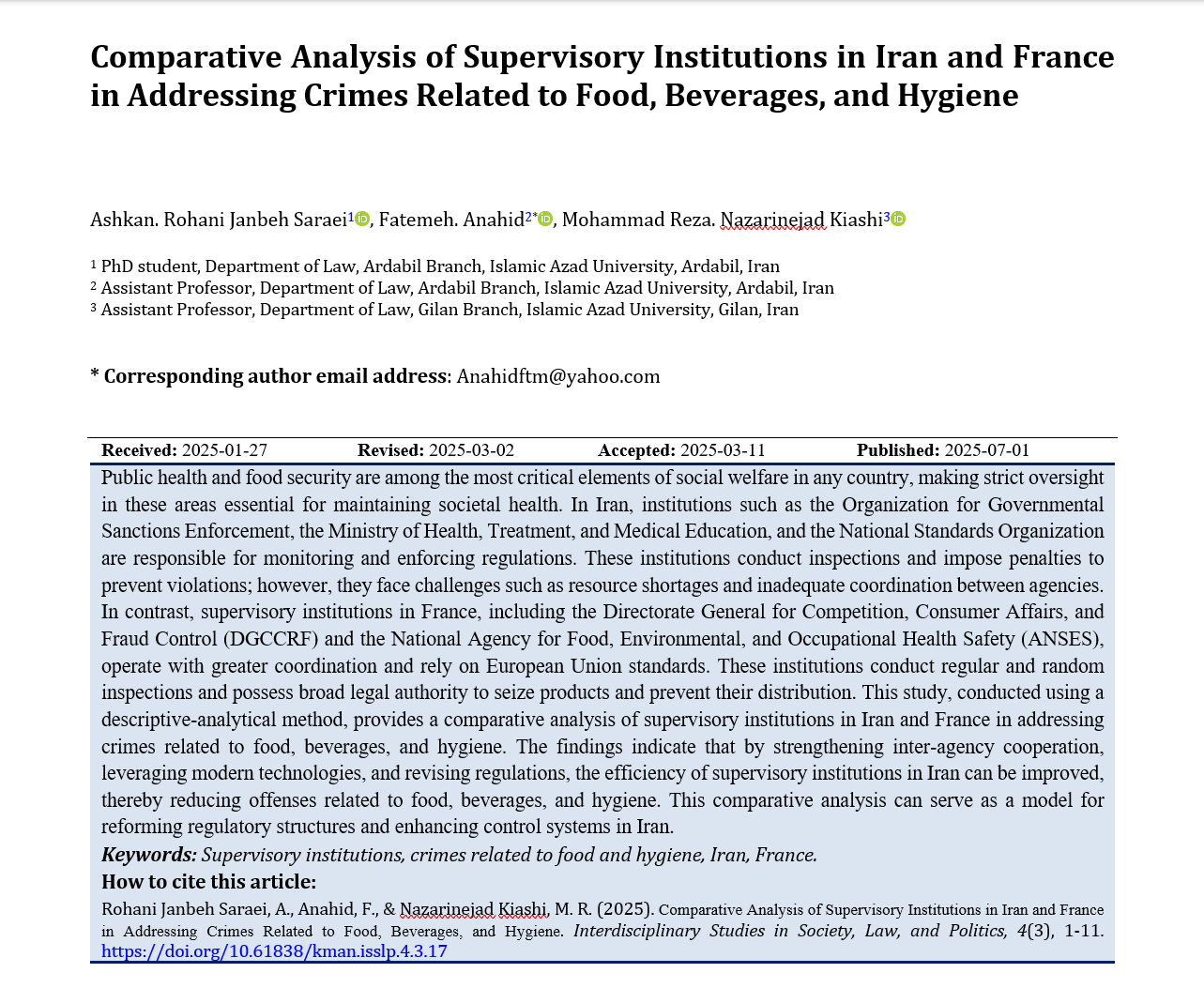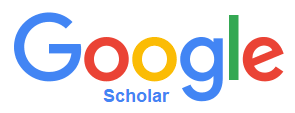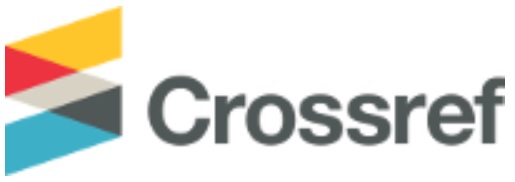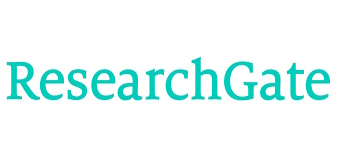Comparative Analysis of Supervisory Institutions in Iran and France in Addressing Crimes Related to Food, Beverages, and Hygiene
Keywords:
Supervisory institutions, crimes related to food and hygiene, Animal, Iran, FranceAbstract
Public health and food security are among the most critical elements of social welfare in any country, making strict oversight in these areas essential for maintaining societal health. In Iran, institutions such as the Organization for Governmental Sanctions Enforcement, the Ministry of Health, Treatment, and Medical Education, and the National Standards Organization are responsible for monitoring and enforcing regulations. These institutions conduct inspections and impose penalties to prevent violations; however, they face challenges such as resource shortages and inadequate coordination between agencies. In contrast, supervisory institutions in France, including the Directorate General for Competition, Consumer Affairs, and Fraud Control (DGCCRF) and the National Agency for Food, Environmental, and Occupational Health Safety (ANSES), operate with greater coordination and rely on European Union standards. These institutions conduct regular and random inspections and possess broad legal authority to seize products and prevent their distribution. This study, conducted using a descriptive-analytical method, provides a comparative analysis of supervisory institutions in Iran and France in addressing crimes related to food, beverages, and hygiene. The findings indicate that by strengthening inter-agency cooperation, leveraging modern technologies, and revising regulations, the efficiency of supervisory institutions in Iran can be improved, thereby reducing offenses related to food, beverages, and hygiene. This comparative analysis can serve as a model for reforming regulatory structures and enhancing control systems in Iran.
Downloads
References
Abbasi, M., & Nikjou, M. (2020). A legal review of the collection of renewal and waste fees from service institutions under the supervision of the Ministry of Health, Treatment, and Medical Education. Medical Law(53).
Afrasiab, M. (2018). Medical, pharmaceutical, and food crimes. Judiciary, Press and Publications Center, Tehran.
Amid, H. (2014). Persian dictionary. Amir Kabir, Tehran.
Azami Chahar Borj, H., & colleagues. (2013). Practical procedures for handling cases in the branches of the Organization for the Enforcement of Government Regulations. Khorsandi Publications, Tehran.
ESFA. (2020). Food safety regulations in the EU: A comparative analysis. EFSa Journal, 18(4), 1098-1115.
Hodge, J. G., & Gostin, L. O. (2016). Public health law in Europe: Legal frameworks for public health. Journal of Law, Medicine & Ethics, 44(1), 16-21.
Leclercq, A., & Vasseur, E. (2019). Food safety and public health in France: An evaluation of the regulatory framework. French Journal of Food Science, 30(2), 145-158.
Norman Batters, J. H., & Chakis, J. (2021). Food science (Translated by M. Fallahi ed.). Barnava Publications, Tehran.
Rezman, A. (2018). Health, treatment, and pharmaceutical crimes in Iranian criminal law. Ghanoonyar, Tehran.
Salvadori, M., & Noguera, M. (2018). Comparative analysis of public health legislation in France and the European Union. European Journal of Health Law, 25(2), 178-196.
Smith, R. D., & Ferrari, M. (2020). The role of ANSES in food safety and public health in France. European Public Health Review, 12(3), 202-214.
Van Der Steur, J. P. K. (1967). Similarities of and Differences Between the Food Laws of France and the United States. Food, Drug, Cosmetic Law Journal, 22(7).
Vogel, D. (2018). The politics of precaution: Regulating health, safety, and environmental risks in Europe and the United States. Princeton University Press.

Downloads
Additional Files
Published
Submitted
Revised
Accepted
Issue
Section
License
Copyright (c) 2025 Ashkan rohani janbeh saraei , Fatemeh Anahid, Mohammad Reza Nazarinejad Kiashi (Author)

This work is licensed under a Creative Commons Attribution-NonCommercial 4.0 International License.





